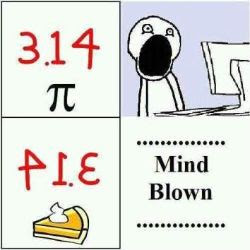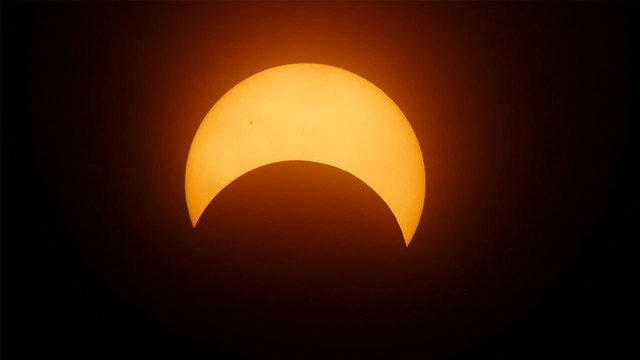In our pursuit of enhancing math education, let’s look into engaging activities that bring real-world events into your classroom. I’d like to explore some noteworthy occasions in 2024—Leap Year, Pi Day, and the Total Solar Eclipse (to name a few) — and how to seamlessly integrate them into your math lessons.

Leap Year
Leap years serve the purpose of aligning our calendar with Earth’s orbit around the sun. Picture this: a year clocks in at around 365.25 days. Without those periodic additional days, our calendar would gradually veer out of sync with the solar orbit.
Leap Year is on a Thursday so it would be a perfect time to throw in some real-life math that day. Here are three suggestions:
- Leap Year Calculation and Discussions: (I pulled this from https://www.almanac.com/when-next-leap-year) A year may be a leap year if it is evenly divisible by 4.Years divisible by 100 (century years such as 1900 or 2000) cannot be leap years unless they are also divisible by 400. (For this reason, the years 1700, 1800, and 1900 were not leap years, but the years 1600 and 2000 were.)
- Average Year Length: Examine the average length of a year, accounting for those crucial leap years. For example, if we take a four-year period (which includes one leap year), the average length of a year would be: (365+365+365+366) divided by 4 = 365.25 days
- Birthday Probability: Inject some practical math by examining the probability of being born on February 29th. The chances of a baby being born on Leap Day is pretty slim: about one in 1,461, as Feb. 29 only comes around once every 1,461 days. And if a baby is born during a Leap Year, the chance of their birthday falling on Feb. 29 is a one in 366 chance (but of course, it all completely depends on when the baby was conceived).
Pi Day and More
Another event early in 2024 is Pi Day. Each year math enthusiast celebrate this event because of the numbers on the calender: 3/14, but did you know about these other celebrated, but not as well known math days?
- “e” or Euler’s day which would be on 2/7
- Palindrome Days which will occur in April in 2024, such as 4/2/24 or 4/21/24 etc.
- Fibonacci Day: 11/23
My neighbor worked at Lockhead Martin for years and it was a thing to bring pie on Pi Day each year. Of course the engineers at Lockhead would think of that! People in general have embraced Pi Day, so it’s a fun event to celebrate each year.

Here is the activity that I do for Pi Day to refresh area and circumference of circles: Area and Circumference of Circles Coloring Activity
A good activity for Euler’s Day would be one where compounding continuously is explored. I have this activity called: Compound Interest Activity. In my Log Unit, there’s a section on dealing with natural logs, so that would be a nice activity as well.
I have never celebrated Palindrome Days before, but it would be really great to do that in April of 2024. Palindromes’ in general could be explored: words, phrases or numbers.
- Examples of word palindromes: racecar, level, rotator, civic
- Example of phrase palindromes: A Santa lived as a devil at NASA
- Example of a palindrome math problem: 121 X 11 = 1331
Total Solar Eclipse

Now let’s discuss the Solar Eclipse that occurs on April 8, 2024 in North America. The path starts in Mazatlan Mexico, passes from Texas to Maine and into the far east of Canada. You can view the path on the NASA site here.
April 8th is a Monday. Start now and think about how you can take advantage of this phenomenon. If you love STEM activities, the sky is the limit (literally)!
If you are planning to take your students outside to see the event, you might want to start journaling about the event. My husband created an Eclipse Journal. The journal helps students explore thought-provoking questions, research tasks, and engaging activities. My husband is a biology teacher and an eclipse enthusiast.
If you aren’t the journaling type, then what can you do on April 8th? Here are some ideas:
1) If you are in the path and have permission, take your class to watch. You must take safety precaustions. Either purchase eclipse glasses, or make eclipse viewer.
2) Not in the path, but still want to watch? Here’s where to see past eclipses and future ones: Exploratorium.
3) Here’s a math challenge called Pi in the Sky from NASA. I hope you find all of this interesting. I know your plate is full, but real life events are a perfect time to show students how math can be used outside of the classroom.
Let’s gear up for a an exciting year in our classrooms. We’ve explored Leap Year, Pi Day, and the Total Solar Eclipse in 2024, but there’s another cool date in the not so distant futre… mark your calendars for a unique mathematical celebration on July 24, 2025 – Pythagorean Theorem Day! No matter where in the world you are or how you write the date, the sum of the squares of the first two digits (7 and 24) perfectly aligns with the square of the year (25). It’s an opportunity to explore the wonders of Pythagoras’ Theorem in a fun and memorable way with your students.
Here’s to a year filled with hands-on learning, real-world connections, and the joy of discovering the wonders of math in everyday life. Wishing you and your students a fantastic and mathematically enriching journey!
